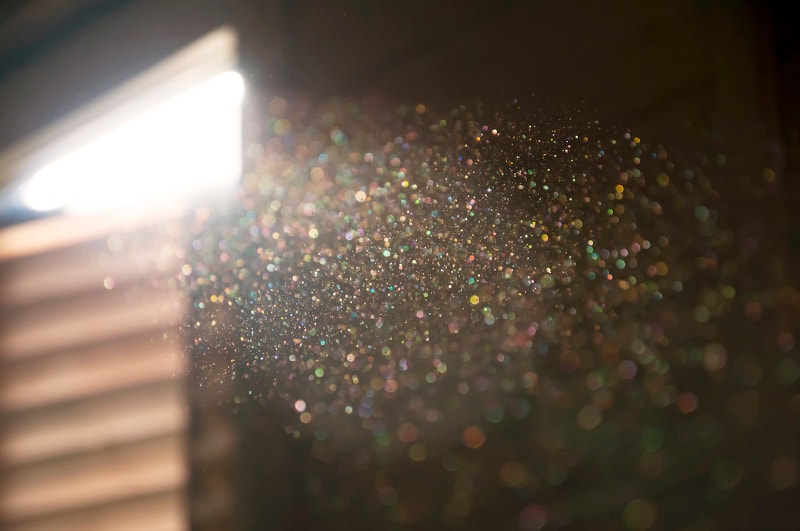The air quality index puts the southeast region of South Carolina at 63, which is above the national average. Therefore, the outdoor air you breathe is of above-average quality. When you get home after being on the go or from your day at the office, you expect that the indoor air quality will be above average too. To ensure healthy indoor air quality in Bluffton, SC, you should be aware of the most common airborne contaminants.
Volatile Organic Compounds
Volatile organic compounds, or VOCs, are evaporated chemicals like formaldehyde. They can be emitted from your carpet, furniture, gasoline stored in the garage and pesticides. All of these substances are harmful to your health when inhaled over a long period, even in small doses.
One way to ensure VOCs don’t sit on your home’s surfaces is to open the windows, even during the winter months. This allows fresh air to circulate in and the stale air to circulate out. HVAC maintenance is another solution.
Tobacco Smoke
If you or members of your household are smokers, consider smoking outside. When you smoke indoors, it stays indoors, which is hazardous to your health.
It’s well-known that second-hand smoke is dangerous. If the residue sits on your home’s surfaces, especially where you sleep, you’re breathing in toxins like tar and heavy metals.
Excess Moisture
Excess moisture is a common contaminant that has to be limited indoors because moisture allows contaminants considered alive to thrive. Bacteria and other allergens feed on droplets and grow. Excess moisture is a challenge because you don’t necessarily see it.
You probably know that excess moisture is caused when you shower, by condensation in low-insulation areas and by cooking. The best way to deal with moisture is to open the windows, even if it’s cold outside. Installing a dehumidifier is best.
Biological Pollutants
Biological pollutants include animal dander, cat saliva, house dust, mites, cockroaches and pollen. These contaminants are often responsible for allergies, respiratory issues and other related indoor discomforts. Biological pollutants are also alive so they may have the ability to infect you.
Cooking
When you cook, you’re producing gases and smoke. The gasses and smoke are hazardous to your health if you inhale them over long periods. After you finish preparing your meals, the gas and smoke emitted sit on the nearby surfaces and walls.
A great way to combat these contaminants is to clean the surfaces on a regular basis. If there are vents installed over the stove, use them. If there are no vents, open a window when you cook.
Household Cleaners and Disinfectants
Household cleaners and disinfectants are very environmentally friendly today. This means that they’re more human-friendly, too. However, there are still cleaners and disinfectants that contain chemicals, so you should open your windows when you clean.
You shouldn’t be breathing in those chemicals for extended periods in an enclosed space. By airing out the house, you can still keep it clean and safe.
Radon
Radon is a silent contaminant that can appear without warning. The soil under your home and foundation emits radon when it gets hot. It turns into a gas. If there are cracks in your home’s foundation, the gas can easily creep in.
Those who develop symptoms of radon poisoning should visit their doctor. Additionally, you may need to have your home inspected.
At Howell-Chase Heating & Air Conditioning, we take indoor air quality in seriously. We know that our clients want to be comfortable inside, so we offer several solutions such as home air cleaners. Give us a call to schedule an appointment today.
Image provided by iStock









